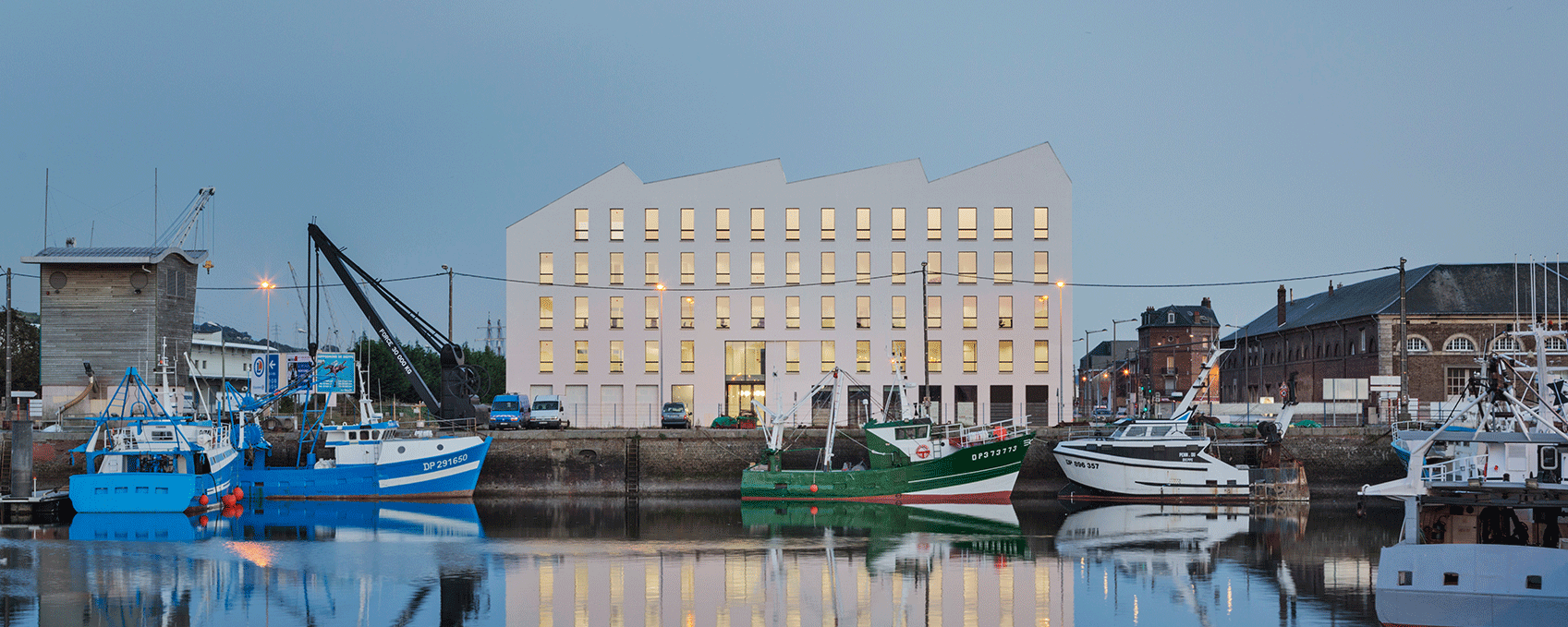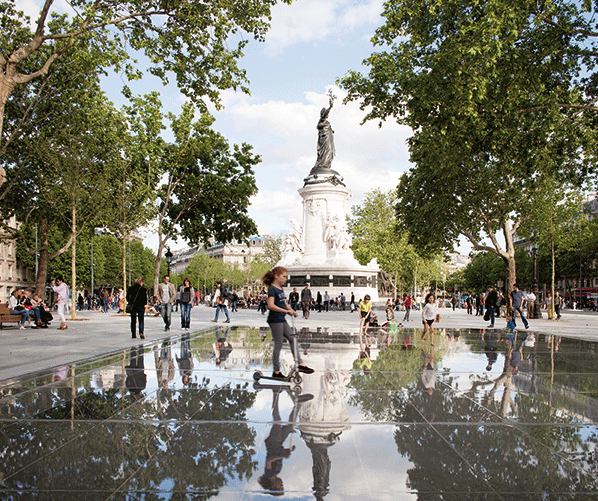Global Award 2016 : « Time is free. Haste is costly »
The announcement of the 2016 Global Award for Sustainable Architecture winners took place on May 9th at the Cité de l’architecture & du patrimoine. This year, the 10th edition focused on the relationship of architecture to time, and how architects can use it as a resource, favoring design time.
Created in 2006 on the initiative of the Locus Foundation – founded by the architect Jana Revedin – the Global Award for Sustainable Architecture honors international architects who work with responsible and sustainable methods, notably using local materials and know-how. Introducing the 2016 symposium, Guy Amsellem, president of the Cité de l’architecture & du patrimoine, explained the theme of this latest edition inviting the architects to “use time as a resource,” while recalling the importance of design time, with as the main focus, in adage form: “Time is free. Haste is costly.”
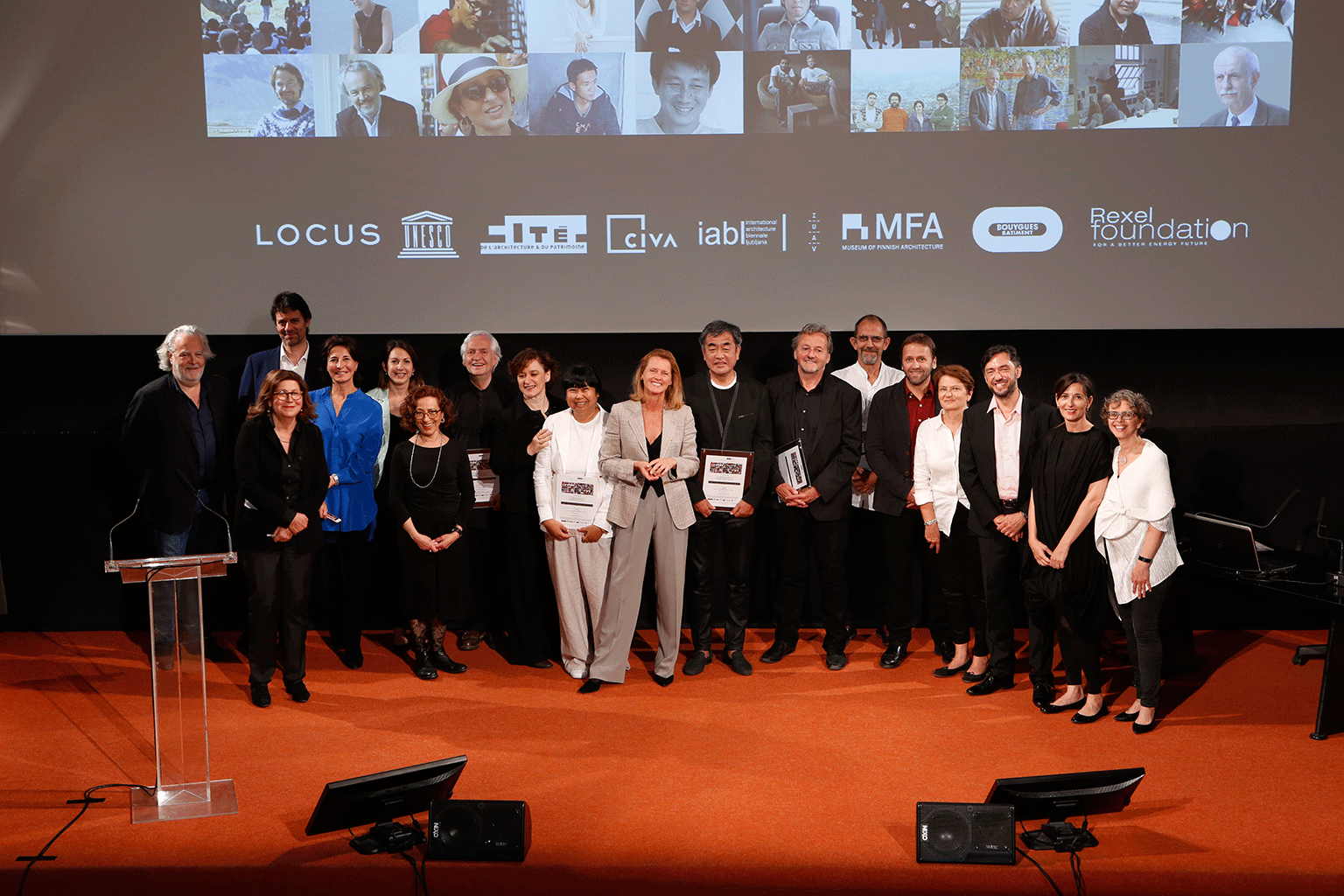
Patama Roonrakwit, of the Thai office Case Studio, the Swiss architect Gion Antoni Caminada, Kengo Kuma, the Dutchman Derek Van Heerden and Steve Kinsler of East Coast Architects and the French architect Patrice Doat were distinguished.
According to Jana Revedin, the five prizewinners of the 2016 awards were “pioneers who knew how to make time their friend and their resource.” Patama Roonrakwith, a Bangkok-based architect with her office Case Studio, in fact uses her time to study the precarious city, “on the human level.” In the shantytowns of Cambodia, she sometimes stayed as long as six months on site, to draw up an exact topography of the location, study the possibilities and, above all, hold a dialogue with the local population.
In South Africa, the architects Derek Van Heerden and Steve Kinsler, directors of the office East Coast Architects, also adopted this collaborative approach to architecture. Their “rural development office” serves populations forgotten by the state. The architects, against the “paternalism” inherited from apartheid, denounce a chain of command that often prevents the populations from expressing themselves. The first contacts on the site are children, “the real clients,” according to Derek Van Heerden and especially the most open: “adults are not used to being asked their opinion.” Unemployed women are particularly solicited. If the architects’ economic model was one of the attribution criteria of the Global Award, in the case of East Coast Architects, the founders proudly defend a “not-for-profit” practice: in bankruptcy three times, the office assumes and maintains its position outside the market, “out of time.”

East Coast Architects, Seven Foutains Primary School, Kokstad, KwaZulu-Natal, South Africa, 2007
At Kengo Kuma’s, time is synonymous with patience. Basing his work on in-depth research on ancestral building materials and methods, the Japanese architect has broadened the application field of bamboo, wood and rice paper. For the Prostho Museum Research Center in Kasugai (Japan), Kengo Kuma extended the chidori system, a children’s building and logic game very popular in Japan, to a several-meters-high building. The patience of the workers in combining 6-cm-wide beams, using the “devil joints” characteristic of chidori, can be praised.
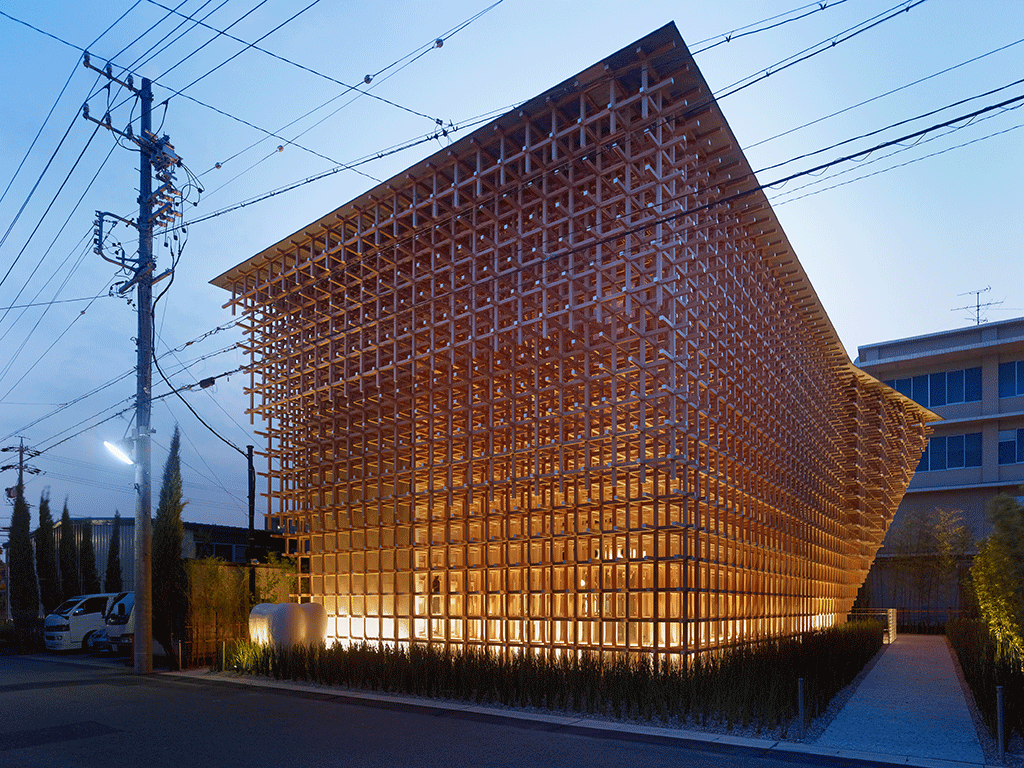
Kengo Kuma and Associates, Prostho Museum Research Center, Kasugai, Japan, 2012
The architect Gion Antoni Caminada also adopted the adage “time is free”. For the creation of a funeral parlor in his village of Vrin (Switzerland), seven years of reflection and discussions were needed before the first stone was laid. “Architecture is more than a simple image,” said the man for whom the respect for materials is sometimes more important that the appearance of the completed work.
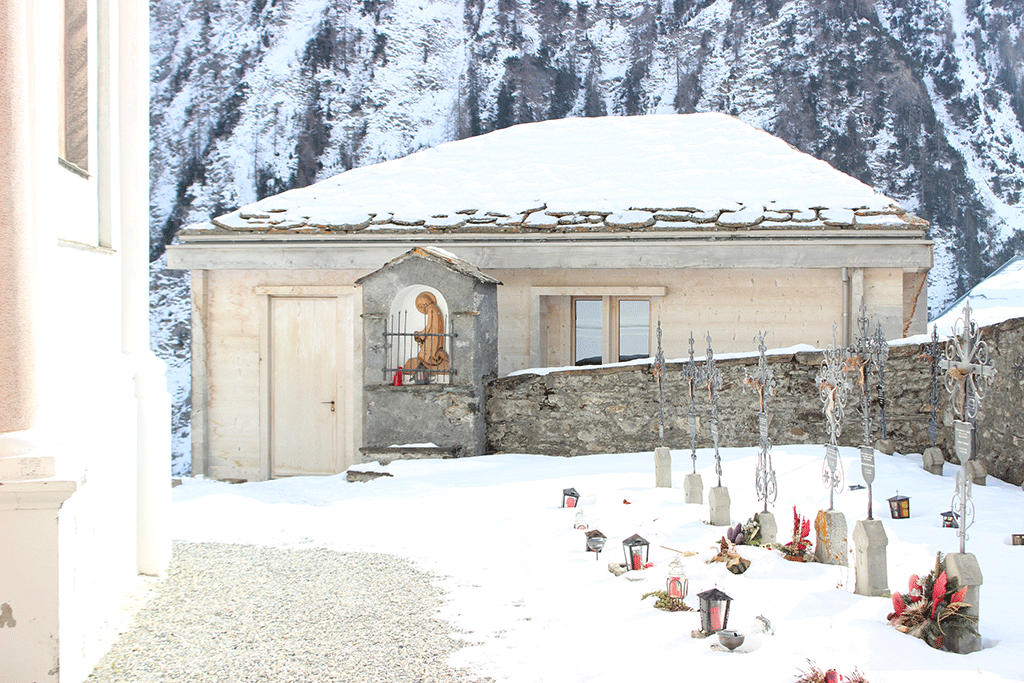
Gion Antoni Caminada, Funeral Home, Vrin, Switzerland, 2005
Patrice Doat, the only Frenchman in this selection, wanted to bring up learning time, evoking his teaching technique at the ENSA of Grenoble, based on experimentation. Taking the Bauhaus School as a model, Patrice Doat had his students do exercises, halfway between design objects and temporary installations. Because pedagogic experimentation, according to the professor, “frees creativity, opens possibilities around the spawning of ideas, makes it possible to grasp the different materials.” A lesson from which all the winners of the Global Award 2016 seemed to have benefited.
—
Anastasia de Villepin

